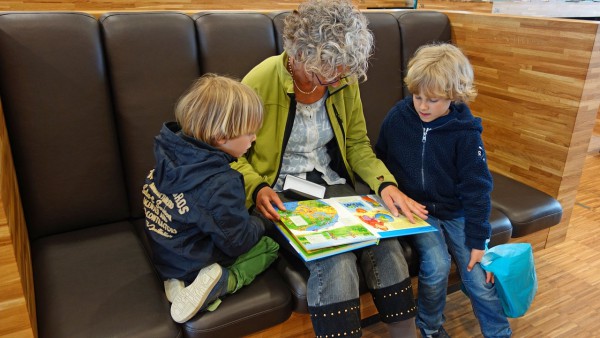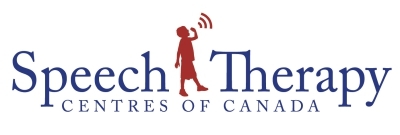
I always try to incorporate children’s books into my therapy sessions, no matter the child’s therapy goals. It’s proven that reading is great for overall literacy as well as for improving vocabulary and language skills too. Plus, I find reading a book to be a great way to start off a session and ease the child into therapy before getting down to the nitty-gritty. But the real secret? Reading during speech therapy sessions—just like how we use to play— also allows me the chance to work on goals incidentally. In other words, I can sneak in a little practice while the child is enjoying the story.
How do I do this? While reading, I use the story to reference and practice target goals, such as correctly using pronouns, sequencing or even articulation.
These are two children’s books I love to incorporate into therapy sessions. I’ve included some goals that can be targeted incidentally while reading.
The Very Hungry Caterpillar by Eric Carle.
The Very Hungry Caterpillar is a book that I remember loving as a child. It has vibrant and colourful illustrations and a simple, yet wonderful storyline. This a great book to read during speech therapy. Its repetitive nature and a clear beginning, middle, and end make it ideal for working on goals such as story retell and story grammar and grammatical markers such as plurals and irregular past tense. The repetitive nature (e.g., On Monday he ate one apple…. On Tuesday he ate two pears) also allows for many opportunities for the child to produce the target goal.
This children’s book is a good tool for practising incidental goals like articulation and motor speech.
The text contains many multisyllabic words (words containing 3 or more syllables such as caterpillar, butterfly, strawberry, watermelon, lollipop) so it’s also ideal for practising saying them. As you read the story pause before the target word, point to the picture and have the child produce each syllable while clapping out the beats.
You can also use the text to practice the following articulation goals: /h/ and /s/ blends (e.g., “still hungry”), /p/ and /b/ (e.g., apple, pear, plums, pickle, pie, cupcake, beautiful butterfly).
Brown Bear, Brown Bear, What Do You See? by Bill Marten Jr/ Eric Carle.
I would not be surprised if every Speech-Language Pathologist (SLP) working with preschool and school-aged children had at least one personal copy of this children’s book. When I was a volunteer (before I started my Master’s) I received a copy of Brown Bear as a gift and was told that I would never use a book more in therapy. That was absolutely true! The book’s repetition allows children to easily learn the story and participate verbally in book reading.
Brown Bear is a great book to target sequencing and story retelling. On the last page of the book, there is an illustration of each of the characters in the story, which provides children with a visual cue to easily retell the story and the sequence of events that occurred.
This book is also great for targeting animal and colour vocabulary, a strong element of preschool language. It is filled with big, colourful animations of different animals and each time a page is turned the child can fill in the story with what animal they see while targeting basic animal and colour words.
“WH” questions are another goal that can be easily incorporated when reading this book. In addition to the obvious “What do you see?” question, other simple “WH” questions can be asked about each different animal, for example, “Where do bears live?”, “What sounds does a duck make?”
You can also use this story to incorporate articulation and motor speech goals. For example, the repetition of “What do you see?” is ideal for working on lip rounding with children who have motor speech difficulties. As well, the story is filled with the following sounds and is useful to use in articulation treatment: /b/ and /p/ (e.g., bear, purple, bird), /r/ (e.g., red, bear, teacher) /r/ blends (e.g., brown, green, frog), /l/ (e.g., looking, yellow, goldfish) and /k/ and /g/ (e.g., cat, dog, gold, duck, frog, black).
Incorporating children’s books into therapy is a great way to introduce emergent literacy skills as well as targeting speech and language goals. Language and literacy skills can be promoted at home as well, particularly while parents read with their children. So, find books and stories your child loves and integrate storytime into your everyday routine by trying to read to them every night before bed!
For more ideas for storytime, have a look at our reading list. To learn more about how reading can be part of your child’s communication and literacy development, connect with us today.
Happy reading!
By Laura Katz
